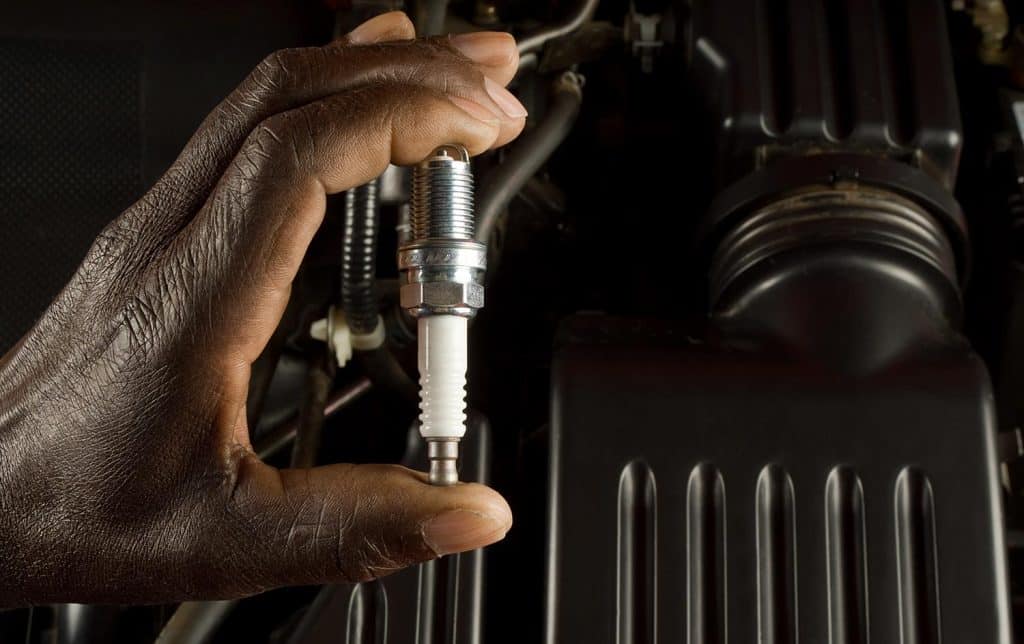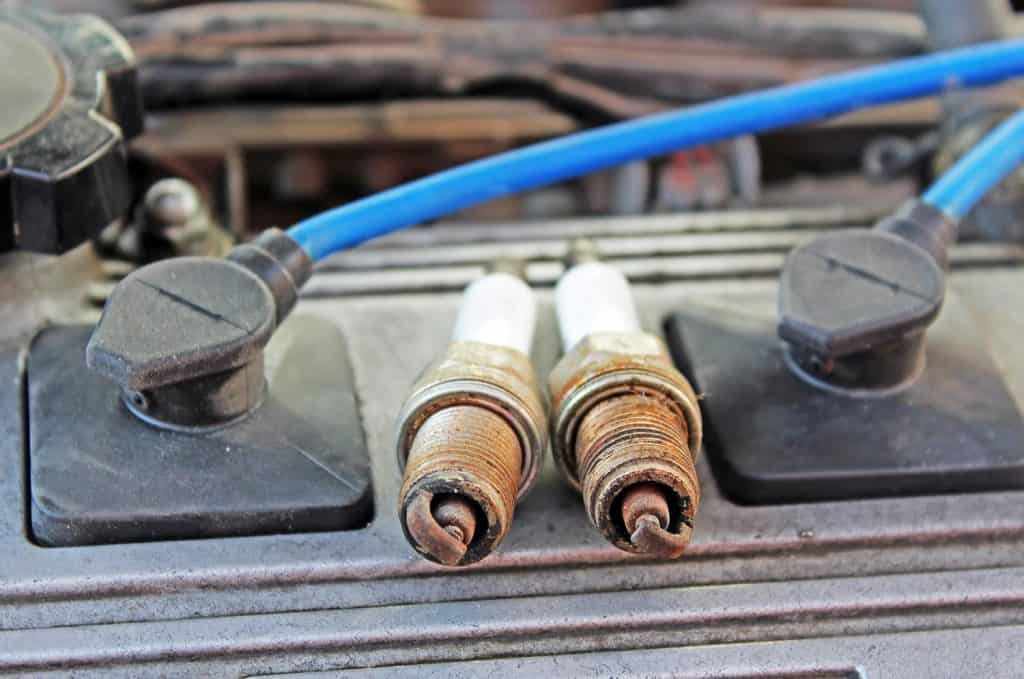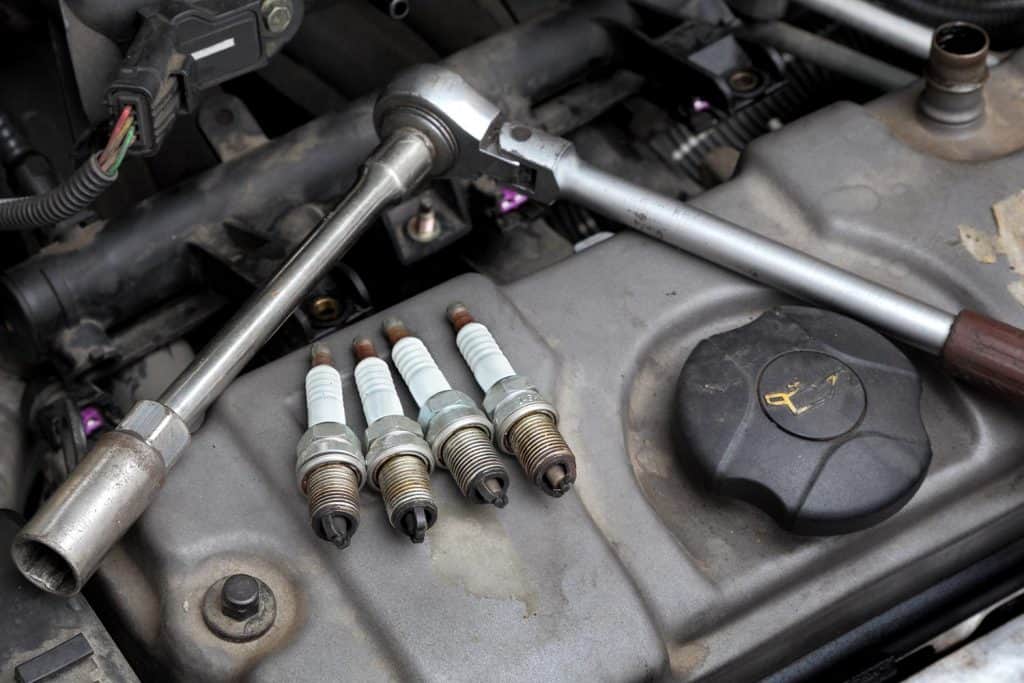Spark plugs are small devices with such an important purpose in car engines. With the advances in automotive technology, have they found a way to replace these little plugs in the engine's cylinders? We asked the experts and here's what we found out.
Modern gas-powered engines still come with spark plugs to initiate ignition of the air-fuel mixture in the cylinder. They are responsible for providing the energy that these vehicles need to get the engines to start and propel them forward on the road.
Stay tuned so we can tell you more about why spark plugs are still needed in modern gas engines. We'll also share with you if diesel engines also need spark plugs, the signs that'll tell you that your plugs are failing, what will happen to your car if you don't replace your spark plugs, and whether you can do the replacing yourself. That's a lot to cover, so let's begin.

Do new vehicles have spark plugs?
The important function that a spark plug plays is already given in its name. It is situated at the top of the engine cylinder and is responsible for creating a spark of electricity that usually reaches 10,000 to 30,000 volts. This ignites the mixture of air and fuel in your engine's combustion chamber which is then converted to energy or the power that the engine needs to get started and move on the road.
Spark plugs have been an essential component of petrol-powered engines then and now. Even with the advent of direct fuel injectors, modern gas engines still come with spark plugs for the same function stated above. Some even come with 100,000-mile spark plugs!
Injectors are only used to deliver fuel to each cylinder but the spark plugs are still needed to allow fuel and air to mix and be converted to energy. That's what your car needs to operate.

How many spark plugs does a gas engine have?
Gas-powered engines are also called spark ignition engines because they need spark plugs to ignite the mixture of air and fuel. This will help release the energy needed to start your car and for it to continue moving. Thus, it is a crucial component of your vehicle's internal combustion engine.
The number of spark plugs in petrol vehicles is dependent on the size of the engine or the number of cylinders that the engine has. If the engine has 4 cylinders, there would be 4 spark plugs, if there are 8 cylinders, there are also 8 spark plugs, and so on.
The more cylinders that an engine has, the more spark plugs there are. Hence, there is more combustion which creates more movement and gives more power to the vehicle as it continues to run. Although it also means that the more cylinders and spark plugs you have, the more gasoline you need to give your vehicle more power and enhance its performance on the road.
Why does Diesel not have spark plugs?
Diesel-powered engines do not have spark plugs. What they do have are glow plugs. These are also called heater plugs or glow tubes. You can find them at the head of the engine's cylinder.
The number of glow tubes that a diesel car has also depends on the number of cylinders in its engine. For every cylinder, there's a glow plug on the top portion.
A diesel glow plug is used as a starting aid. It helps the car in getting started by producing a little spark of electricity needed to initiate the combustion process in the engine. Their main function is to heat the air in the ignition engine and from there, compression will do the rest of the work.
Unlike spark plugs, these tubes are not essential in the operation of a diesel engine. It relies on compression and heat to keep the combustion process going and for the car to move forward.
Some diesel engines do not even have glow plugs. Rather, manufacturers use grid heaters in place of these tubes since they just need to warm the compressed air in the cylinder.
What are the symptoms of bad spark plugs?

Your engine's spark plugs will provide the much-needed power for your car's engine and help it perform at its best. Given its essential function, you can also quickly notice when something is wrong with your plugs.
Here are some of the telltale signs that your spark plugs have gone bad:
Hard Starts
If your spark plugs are worn out or getting there, you will find it hard to start your car's engine. Remember, spark plugs are necessary to create a high voltage that would ignite the air-fuel mixture. This will then release the energy that your engine needs to get started.
When one or more of your spark plugs aren't firing on time, your car will have a hard time starting because the combustion process is affected.
Rough Idling
When your car is idle, you will hear a rough sound coming from your engine. Your car can also experience vibrations.
Knocking Sound on Engine
Your engine will make a knocking or detonating sound especially when you're accelerating. This happens because your spark plugs aren't able to ignite all the fuel in your engine. Eventually, the fuel will catch fire and create a detonating sound.
Misfiring Motor
Misfires happen when one or more plugs don't produce enough power that's expected from them. It causes the performance of your engine to suffer. Your engine works harder and consumes more fuel so don't be surprised that you have to fill up on gas in such a short time.
When you notice any of these symptoms, you better have your car checked right away. These are easy to fix and will save you from more costly repairs in the future. Most of all, you can have your vehicle back in great running condition and performing at its best.
What happens if you don't change your spark plugs?
Spark plugs are nifty little components that initiate the release of energy inside your vehicle's combustion chamber. If you have a petrol-powered engine, they are essential in the operation of your car.
The good thing about them really is that they are actually very durable. With all the work that they do all the time as your car is running, they require very little maintenance.
According to automotive experts, spark plugs have a life span of 80,000 miles. But it's best to have them replaced every after 60,000 miles or check the recommendation of your car manufacturer to avoid any issues. Such issues include decreased fuel efficiency, loss of power in the engine, and your car won't start or run at all.
The bottom line is that spark plugs will wear out over time and you'll have to deal with car troubles when you don't have them replaced within the given time frame.
You shouldn't attempt to drive with a bad spark plug. It can cause serious engine damage. When there are broken pieces inside the engine, they can get in the way of other components and this can harm your engine or turbocharger turbine. Make sure you take your car to your trusted mechanic right away and have them removed.
Is it hard to change spark plugs?

The cost of having your spark plugs replaced by a mechanic can be around $56 to $250 depending on the number of plugs that need replacing, the make and model of your car, and how long it'll take. The spark plugs themselves are relatively inexpensive, around $10 each. You'll pay more for the labor.
That's why if you're comfortable with tools, you can definitely save a lot when you do this on your own. It is a relatively simple task and it'll only take you about an hour to get the job done. This is true for those cars which have easy access to their engines.
Here's how to get it done:
Tools and Materials Needed
- new spark plugs
- needle-nose pliers
- spark plug wire puller
- gap gauge
- socket/ratchet set
- swivel socket
- Torque wrench
- anti-seize compound
- rags
Procedure
- Clean the area where your spark plugs are connected.
- Look for the worn-out spark plugs.
- Remove and pull out the ignition coil and boot assembly.
- Loosen the plug.
- Use your gap gauge to create the right gap in your new spark plugs. Take note of the measurement specified by your car's manufacturer.
- Put a small amount of anti-seize compound on the plug heads.
- Install the spark plug into the cylinder head using a torque wrench.
- Put some lubricant inside the spark plug boot.
- Put back the ignition coil and boot assembly.
- Test if your new spark plugs will work by starting your engine.
Make sure that you know what you're doing and you're equipped with the right tools. You can watch videos or ask someone to teach you how it's done.
Final Thoughts
It may take some time before spark plugs become obsolete. For now, they are still an essential part of modern gas-powered engines to keep the fire burning within and make sure they are at their peak performance on the road.
For some related reading about spark plugs, you may check the following articles:
